By law, the Supreme Court term starts on the first Monday in October. And so, as the leaves turn and that day once again approaches, it’s time to see where we left off last season.
What makes a ‘divisive’ case?
Like hurricanes, Supreme Court narratives tend to form in the summer as the last few decisions come out in late June—or, as was the case this year, July 1—and they generally focus on “the big cases.” As I’ve said before, it’s hard to define “big cases” without some circular logic: The big cases are the ideologically divisive ones and the ideologically divisive cases are the big ones. Whenever Donald Trump’s name is on either side of the “v,” it’s bound to be divisive. And with two of them in the term ending in a bit over a week, doubly so.
Last term, which ran from 2022 to 2023, this phenomenon was easy to spot. For example, the court upheld Section 2 of the Voting Rights Act (VRA) requiring states to consider race when drawing congressional districts, with Chief Justice John Roberts and Justices Sonia Sotomayor, Elena Kagan, Brett Kavanaugh, and Ketanji Brown Jackson in the majority. Although it was on every list of “major cases” at the beginning of the term, the case didn’t get much attention after it was decided. But if the court had come out the other way—if it had held by a 6-3 vote that the VRA violated the equal protection clause—surely that would have been used as proof of the court listing hopelessly right. You see the problem.
Still, the 2023-24 term was more ideologically divided than the previous one, when 90 percent of the court’s cases were decided with at least one liberal justice in the majority. This term, that number dropped to just under 80 percent. Last term, Justices Samuel Alito and Clarence Thomas were the justices least likely to get their way. This term, the court’s three liberal justices found themselves dissenting most often. Last term, the court decided cases on affirmative action and religious liberty—more focused on culture war topics. This term, the court decided cases on the administrative state and presidential immunity—more obviously partisan issues.
But some things did look similar. Last term and this term, about half of the cases were decided unanimously. There is always someone in my X feed who suggests that the unanimous cases “shouldn’t really count” when we consider the court’s important cases. This term, that would have meant excluding the Texas and Florida social media decision, the mifepristone abortion drug decision, and the NRA’s First Amendment decision. Obviously, these were all “big cases” that happened to be decided unanimously.
The spotlight on Justice Amy Coney Barrett.
Justices Roberts, Kavanaugh, and Barrett also maintained their status as the three “swing” justices. Yet, it seems trendy right now to suggest that there is “something going on with Barrett.” From the right, radio host Mark Levin posted on X that she is “the latest in a long line of formerly conservative justice nominees who is smitten with media adulation.” Liberal law professor Steve Vladeck wrote that as Barrett established her “principled independence in the middle of the court, the other five Republican appointees moved only further to the right.”
Vladeck argued that “as willing as Justice Barrett is to follow her principles even when they lead her away from Republican political preferences, the same can’t always be said of the other two justices in the court’s middle — Chief Justice Roberts and Justice Brett Kavanaugh.” As evidence, Vladeck noted that the chief justice authored the opinion overturning Chevron deference—but he didn’t mention that it was an opinion Barrett joined in full. So how can that prove that Roberts is the partisan hack and that she is the principled stalwart?*
In fact, these three justices were all in the majority more than 90 percent of the time this term—as they have been since Barrett joined the court in 2020. Yet there is a sense among court watchers that Barrett is breaking away from the conservative pack. She’s written separately to cast doubt on whether “post-ratification history” can really be a part of a principled originalist’s analysis. She broke with conservatives in the January 6 obstruction case and an EPA decision on environmental policy. Her concurrence in the Trump immunity case seemed more bullish on Trump’s prosecution, and her concurrence in the Trump 14th Amendment case was more limited. And, along with the chief justice and Justice Kavanaugh, she voted to leave Idaho’s abortion restrictions on hold and declined to hold the Biden administration liable for coercing social media companies.
It shouldn’t come as any surprise that Barrett would have a mind of her own. She has a different background than the other conservative justices, having never worked in politics or in a presidential administration (although she did work on Bush v. Gore during her brief stint in private practice). Instead, for the vast majority of her career until her appointment to the appellate bench in 2017, Barrett was a law professor, which may account for her different approach to some of these questions. She’s also the only justice who clerked for Justice Antonin Scalia—an iconoclast if there ever was one.
And yet I wonder whether all the focus on Barrett is more of a coincidence of timing than anything else. Not only did she overwhelmingly side with Roberts and Kavanaugh, but the three major cases where she broke with them all came out in succession on the last three days of the term, giving the impression of a drumbeat. But what would we all be saying about Barrett if those cases had come out in February and her other three dissents—all with Justices Thomas and Neil Gorsuch—had come out at the end instead?
Executive power.
The two most talked about cases of this term were the Trump immunity case (decided 6-3 along ideological lines) and the Trump ballot disqualification case. Both were at least wins for Trump in the immediate sense. The ladies of the Supreme Court were less convinced by the majority’s reasoning. Both cases seemed like frustration points for Sotomayor, Kagan, and Jackson, in which they published pointed opinions of their own. As mentioned earlier, Barrett had her own separate concurrence in both cases as well.
The administrative law cases decided significant questions, including how much deference courts should give executive branch agencies about the scope of their own power, when agencies should be able to decide when someone violates one of their regulations instead of a court, and how long someone has to sue an agency to challenge a new regulation. They will certainly have a greater effect on the day-to-day lives of Americans and the economy as the conservative justices continue efforts to pare back the power of the executive branch and force more policy decisions back on Congress.
It is an odd juxtaposition that the people who most strenuously objected to the decisions in the Trump cases out of fear for a second Trump presidency are also the ones who were most upset that the court was limiting the power of the presidency.
By the numbers.
In total, the justices released 60 opinions this term, continuing the steady decline of the last 35 years. The modern court had never decided fewer than 100 cases until 30 years ago. And it’s not like justices don’t have the time. As Chief Justice Roberts once quipped, “Only Supreme Court justices and schoolchildren are expected to and do take the entire summer off.”
Or perhaps not. Justice Kagan, speaking to a group of judges this summer, seemed to disagree. “I do not feel that I am working less hard as when I got to the court 15 years ago even though there has been a slippage in the total number of argued cases,” she said. “And the reason is that we do all of this emergency work that we did not 15 years ago.”
It’s true. The emergency docket—where the justices are asked to decide whether a law will stay in place while the case is being litigated—was hot as a Houston parking lot in August. The justices left in place an injunction preventing the Biden administration from expanding the definition of sex discrimination in Title IX to include sexual orientation and gender identity. They allowed Arizona to ask for proof of citizenship when registering to vote but not when showing up to cast a ballot (Barrett, Sotomayor, Kagan, and Jackson would have stopped both parts of the law). They kept on hold President Joe Biden’s new efforts to forgive student loan debt.
So where does that leave us? Statistics can be helpful when trying to assess Supreme Court trends. Unless they aren’t. Individual case outcomes always matter the most. But sometimes, their import is in the eye of the beholder. Some cases fall squarely along ideological lines. Others don’t. And as we head into what is sure to be one of the most contentious elections in American history, all eyes may once again be on the court, with partisans on both sides trying to work the refs.
But when someone tells you they know what the court is going to do, perhaps it is best to offer them this paraphrase of a line from Justice Jackson: Other terms presenting different cases and different statistics may lead to different conclusions.
Institutional drag.
The court continued to be plagued by negative headlines over the summer. The drumbeat of ethics stories carried on. Public opinion of the court remained near historic lows. At least one justice admitted to being frustrated enough to punch a wall. But by far, the biggest story from the Supreme Court this summer was a scathing insider account of the court’s internal decision-making in the run-up to the decisions in the Trump immunity case, the January 6 obstruction case, and the Trump ballot disqualification case.
The story included a leaked memo from the chief justice to his eight colleagues and changes in justices’ votes and opinion authorship. It painted the conservative justices on the court as driving outcomes to “protect” Trump and the liberal justices on the court as “salvaging” the cases against him. (Though again, it’s worth remembering that the special counsel has refiled their case against Trump with the same number of charges using the same criminal statutes that they filed the first time.)
The story represents the biggest breach of the kind of deliberative confidentiality since the leak of the draft opinion in the Dobbs case—except this one may prove more damaging. That leak was widely presumed to be a rogue clerk and felt like an extraordinary event. This one, though, has led some to speculate whether the leaks are coming not from a clerk but from a current justice. Are constant leaks, moreover, now the new normal?
More than the Dobbs leak two years ago, this term’s leak may lead to cultural changes at the court. Justices and their clerks might no longer presume that their draft writings and internal debates will remain confidential. If so, this kind of weaponized transparency will naturally stifle conversations across perceived ideological divides—as it has in Congress after the introduction of television cameras and in the executive branch after the Freedom of Information Act.
So as the court starts a new term, the justices may be just as focused on the threats to their institution as in the cases before them.
Correction, September 25, 2024: Fixed the spelling of Steve Vladeck’s last name.
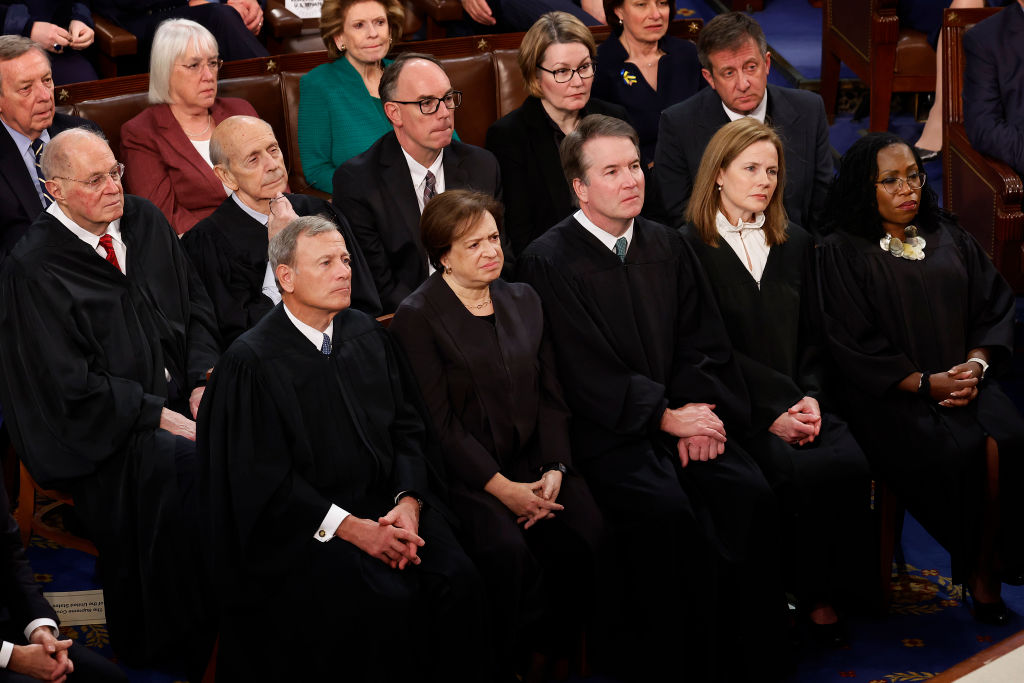

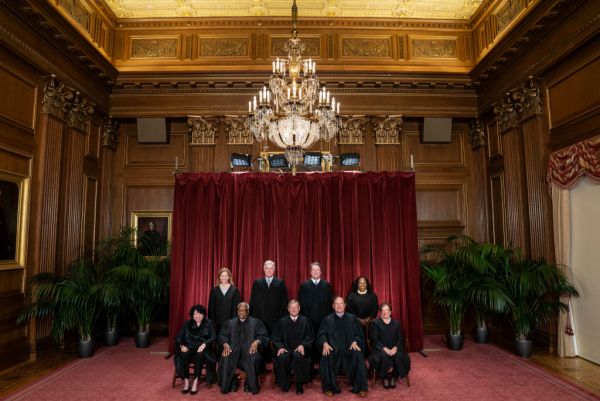
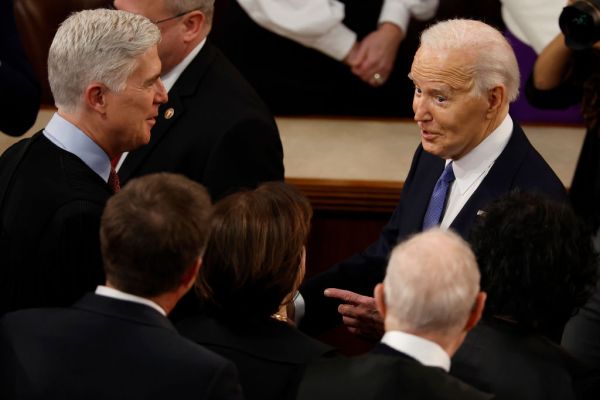
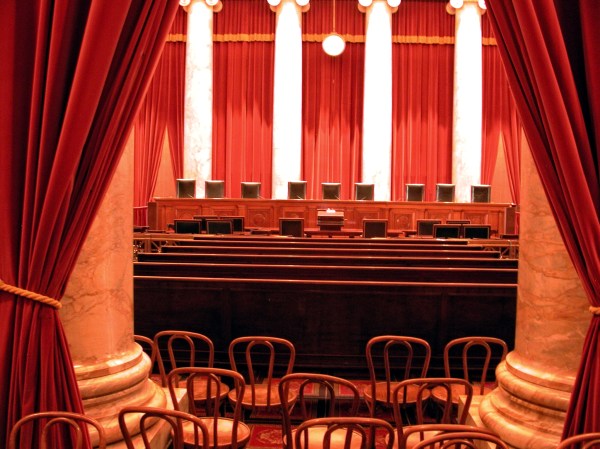



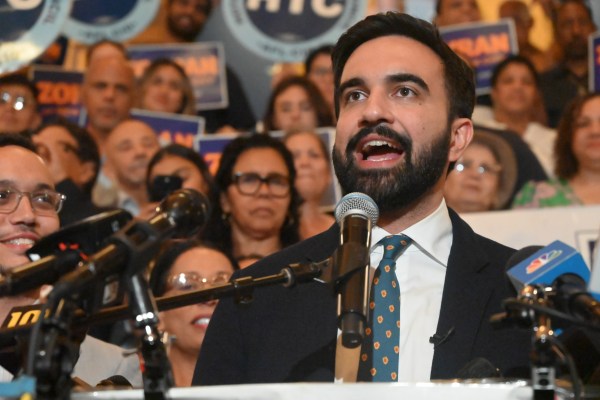

Please note that we at The Dispatch hold ourselves, our work, and our commenters to a higher standard than other places on the internet. We welcome comments that foster genuine debate or discussion—including comments critical of us or our work—but responses that include ad hominem attacks on fellow Dispatch members or are intended to stoke fear and anger may be moderated.
With your membership, you only have the ability to comment on The Morning Dispatch articles. Consider upgrading to join the conversation everywhere.